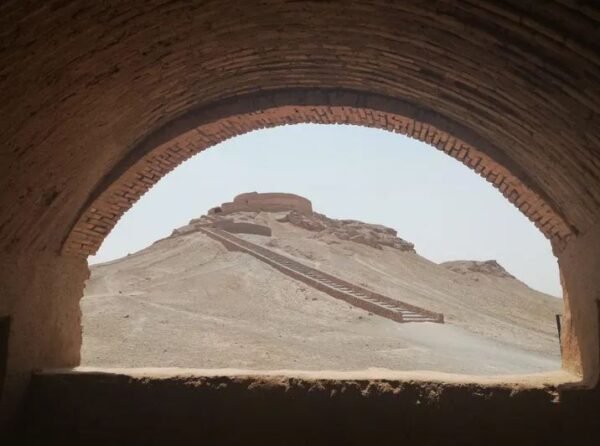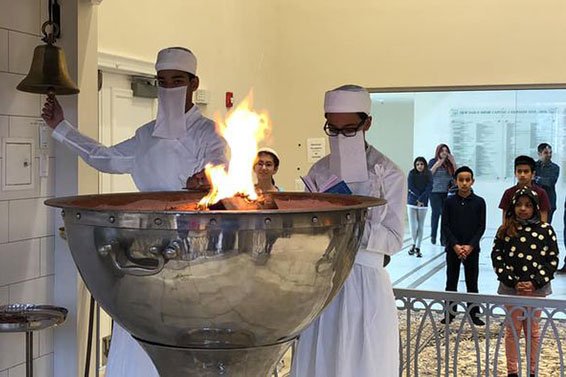Navsari, The Last Bastion Of The Fading Parsi Community
Recently the Parsi community in India grabbed the national headlines rejoicing their victory over the Mumbai Metro Rail Corporation (MMRC). The MMRC has finally relented and stated that it will shorten the length of the excavation box of the planned Kalbadevi Metro station. By doing so it will be putting a safe distance of 20 metres between it and the Wadiaji Atash Behram Fire Temple. The decision came in as a partial relief to the community, which was poised to prevent the construction of the underground tunnel under the fire temple’s premises.
The Mumbai Metro Line – 3 (MML – 3) route will connect Colaba in South Mumbai via Bandra to Seepz, a special economic zone in the northern part of the city. Most of the route being underground the construction is facilitated by importing special tunnel boring machines (TBM). These TBM’s are known to seamlessly bore tunnels underground while normalcy stays overground.

The Parsis in India are a nominal 61K member community and consists mostly of the urban elite and the upper-middle classes. It is stated that the community came to India in the late seventh century from Persia, now Iran. Parsi legends depict that their ancestor’s migrated to India as beleaguered bands of religious refugees escaping the Arab conquest of Iran. Mythical accounts state that new rule post the Muslim conquests demanded them to convert to Islam. Those who relented had their throats slashed. While a few brave, hardy souls escaped to the fastness of the mountains, the more adventurous ones set sail in their little boats.
Treasuring their sacred fire, they landed on the west coast of India, what is now known as the state of Gujarat. A famous folktale in India, states that when the Parsis first arrived in India, the local Hindu Raja promptly sent a messenger to them. The messenger brought in with him a bowl, which was filled with milk up to the brim. The Raja slyly meant to indicate that the place was full and there was no room for them. The Zoroastrian priest, who headed the group, poured sugar into the receptacle of milk, which did not overflow. He then requested the messenger to carry it back to his master. The priest cleverly meant to indicate that these refugees would mix with his people and enrich his state.

The permission to stay came in swiftly. Since then, the Zoroastrians also called “Parsi”, primarily because the Pars province in Persia, have settled and flourished in India. In Gujarat, some refugees settled in the province of Nagmandal. The place reminisced them of Sari, a town that they left behind in Persia. And so the town of Navsari (New Sari) was founded. Here, the sacred fire from Persia dwelled for more than 300 years.
The Parsis have always been a part of the elite class in India. Most of them were affluent bankers, well-known doctors, successful lawyers, rich businessmen and visionary industrialists. The most prominent among them is the Tata family. The Tata lineage built the Tata Group of Industries which substantially contributed to the nation-building activities. On a concluding note, the Parsi community which immensely contributed to the nation is fading rapidly. Serious efforts need to be mounted by the state as well as the community to conserve the dainty fabric of Zoroastrianism.
Source: Click Here





